Manchester United and Foster + Partners to build a new stadium: ‘Arguably the largest public space in the world’
The football club will spend £2 billion on the ambitious project, which co-owner Sir Jim Ratcliffe has described as the ‘world's greatest football stadium’

Manchester United football club has revealed plans for a jaw-dropping new stadium, which Sir Norman Foster, founder and executive chairman of Foster + Partners, the project’s architect, has described as ‘arguably the largest public space in the world’. The stadium will be built close to Manchester United’s current home, Old Trafford, and have capacity for 100,000 fans.
The club’s co-owner, Sir Jim Ratcliffe, has said: ‘Our current stadium has served us brilliantly for the past 115 years, but it has fallen behind the best arenas in world sport. By building next to the existing site, we will be able to preserve the essence of Old Trafford, while creating a truly state-of-the-art stadium that transforms the fan experience.’


Foster + Partners has released conceptual images of how the stadium and its surrounding areas might look, which is, in a word, distinctive. Three masts, 200m high and visible from 40 miles away, will rise, trident-like, from the structure.
In a video released by Manchester United, Lord Foster explains that, acoustically, the stadium will ‘[cultivate] a huge roar’. It will not be a ‘fortress surrounded by a sea of cars’, but ‘open’, contained by what he describes as a ‘vast umbrella’ which will ‘[harvest] energy and rainwater and [shelter] a new public plaza that is twice the size of [London’s] Trafalgar Square’.
The stadium will be ‘the beating heart of a new sustainable district, which is completely walkable, served by public transport, and endowed by nature’, Lord Foster continues, describing this new district as a ‘mixed-use miniature city of the future’. This refers to the fact that the stadium will act as the centrepiece to the regeneration of the Old Trafford area, and of southern Manchester as a whole. The start date for the project, therefore, will depend on ‘how quickly the government gets going with their regeneration programme’, Ratcliffe said.


A project of this magnitude would usually take ten years to complete. Manchester United has announced its plan to do this one in five, slashing the construction time with prefabrication – building large parts of the stadium off-site and transporting them via Manchester’s canal network. ‘It will be a modular build – that means it can be built far more quickly,’ said Ratcliffe. ‘There are yards which specialise in building very large structures, which are then shipped to locations around the world.’ Lord Foster added that construction time would be halved ‘by using the network of the Manchester ship canal, bringing it back to a new life, [and] shipping in components, 160 of them, Meccano-like’.
It’s a full circle moment: during the Industrial Revolution, Trafford Park was the nation’s industrial heartland; now, the very infrastructure that made that possible will pave the way for the Manchester of the future.
Receive our daily digest of inspiration, escapism and design stories from around the world direct to your inbox.
Anna Solomon is Wallpaper’s digital staff writer, working across all of Wallpaper.com’s core pillars. She has a special interest in interiors and curates the weekly spotlight series, The Inside Story. Before joining the team at the start of 2025, she was senior editor at Luxury London Magazine and Luxurylondon.co.uk, where she covered all things lifestyle and interviewed tastemakers such as Jimmy Choo, Michael Kors, Priya Ahluwalia, Zandra Rhodes, and Ellen von Unwerth.
-
 Taiwan’s new ‘museumbrary’ is a paradigm-shifting, cube-shaped cultural hub
Taiwan’s new ‘museumbrary’ is a paradigm-shifting, cube-shaped cultural hubPart museum, part library, the SANAA-designed Taichung Green Museumbrary contains a world of sweeping curves and flowing possibilities, immersed in a natural setting
-
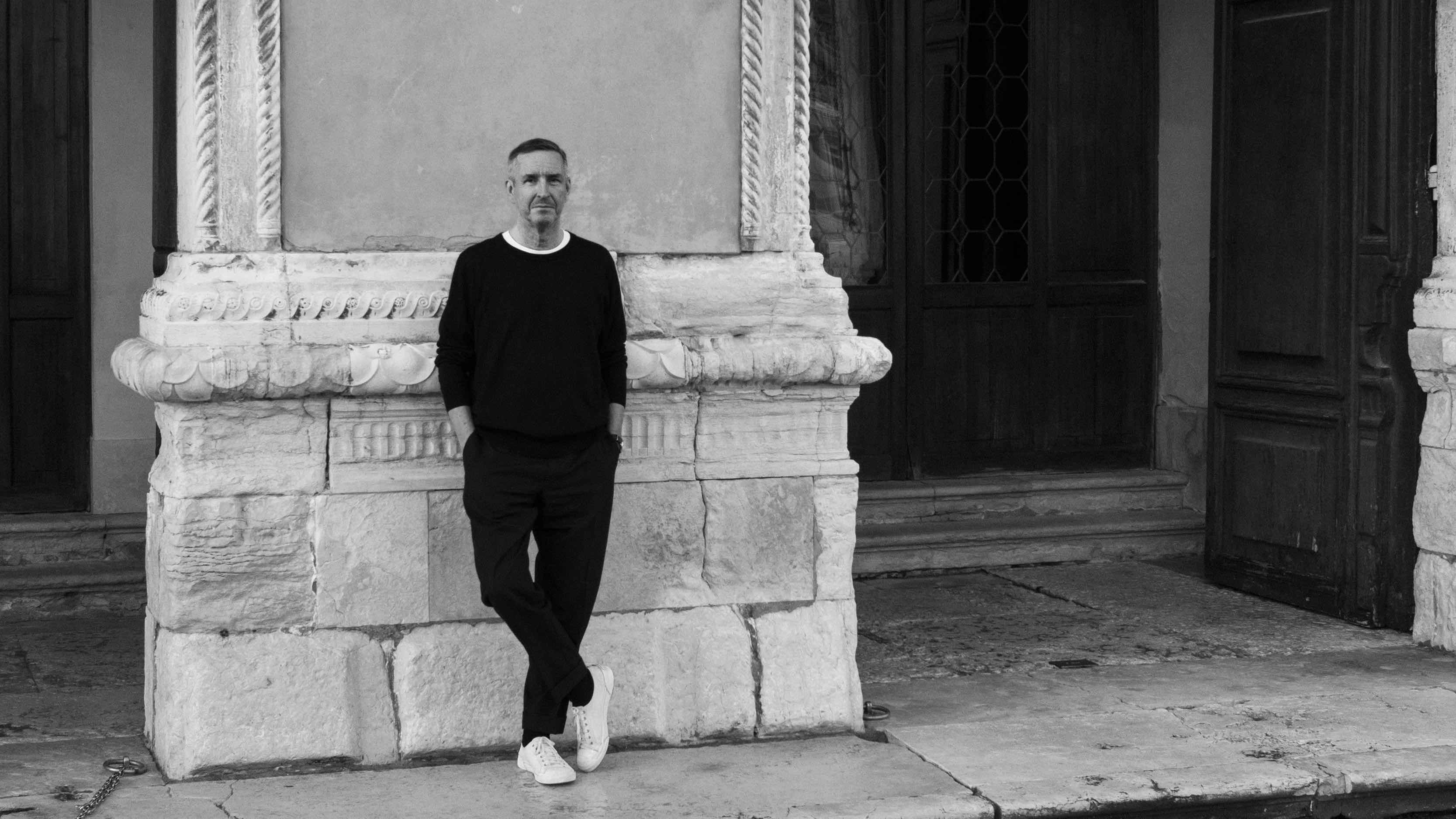 Dries van Noten on why he's building a new home for craft in Venice
Dries van Noten on why he's building a new home for craft in VeniceA year after departing the runway, Dries van Noten unveils his next chapter: the Fondazione Dries Van Noten, a newly announced cultural initiative in Venice celebrating craft in all its forms. Wallpaper meets the designer to find out why he’s not ready to retire.
-
 Alexander Wessely turns the Nobel Prize ceremony into a live artwork
Alexander Wessely turns the Nobel Prize ceremony into a live artworkFor the first time, the Nobel Prize banquet has been reimagined as a live artwork. Swedish-Greek artist and scenographer Alexander Wessely speaks to Wallpaper* about creating a three-act meditation on light inside Stockholm City Hall
-
 RIBA House of the Year 2025 is a ‘rare mixture of sensitivity and boldness’
RIBA House of the Year 2025 is a ‘rare mixture of sensitivity and boldness’Topping the list of seven shortlisted homes, Izat Arundell’s Hebridean self-build – named Caochan na Creige – is announced as the RIBA House of the Year 2025
-
 In addition to brutalist buildings, Alison Smithson designed some of the most creative Christmas cards we've seen
In addition to brutalist buildings, Alison Smithson designed some of the most creative Christmas cards we've seenThe architect’s collection of season’s greetings is on show at the Roca London Gallery, just in time for the holidays
-
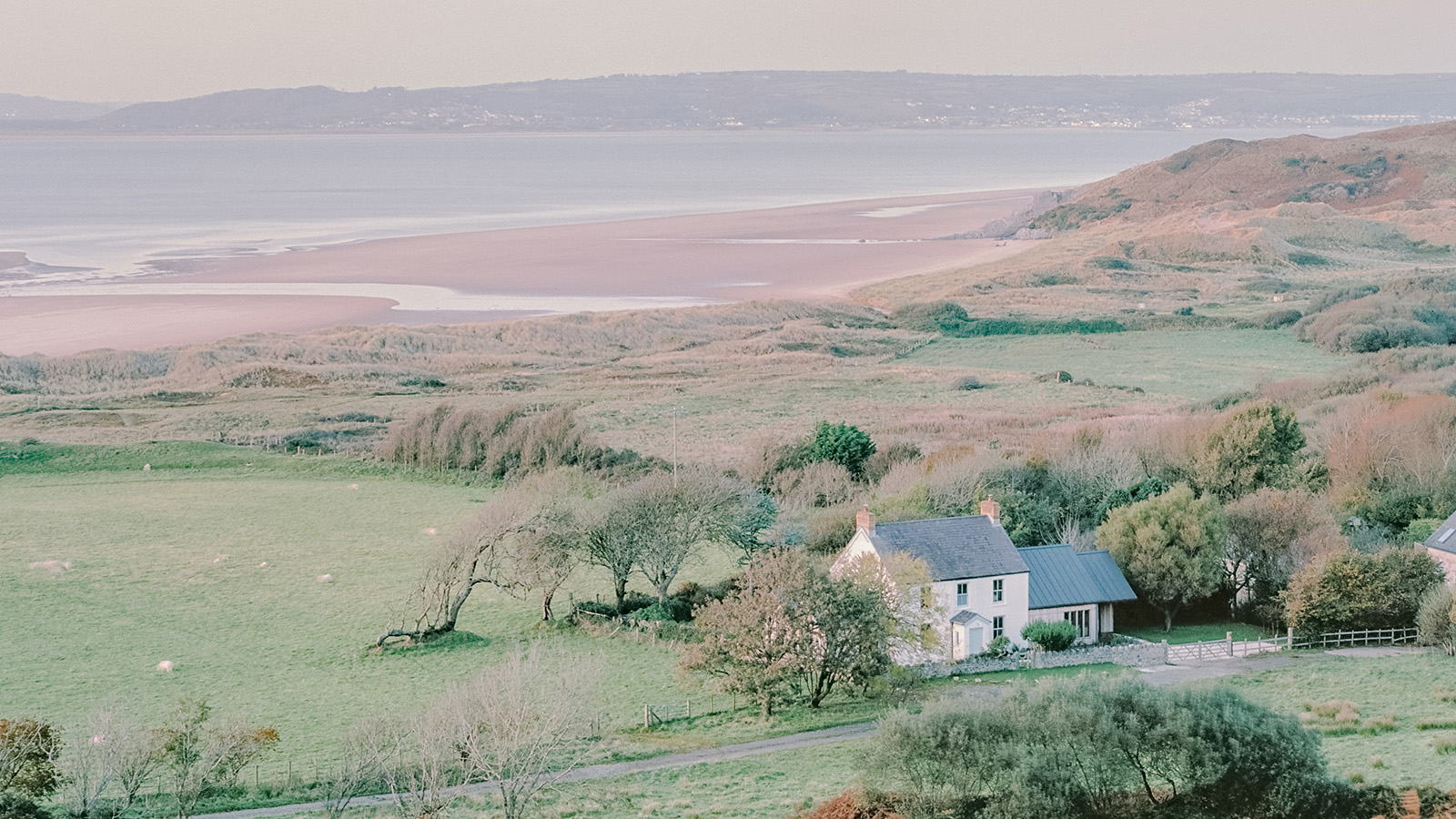 In South Wales, a remote coastal farmhouse flaunts its modern revamp, primed for hosting
In South Wales, a remote coastal farmhouse flaunts its modern revamp, primed for hostingA farmhouse perched on the Gower Peninsula, Delfyd Farm reveals its ground-floor refresh by architecture studio Rural Office, which created a cosy home with breathtaking views
-
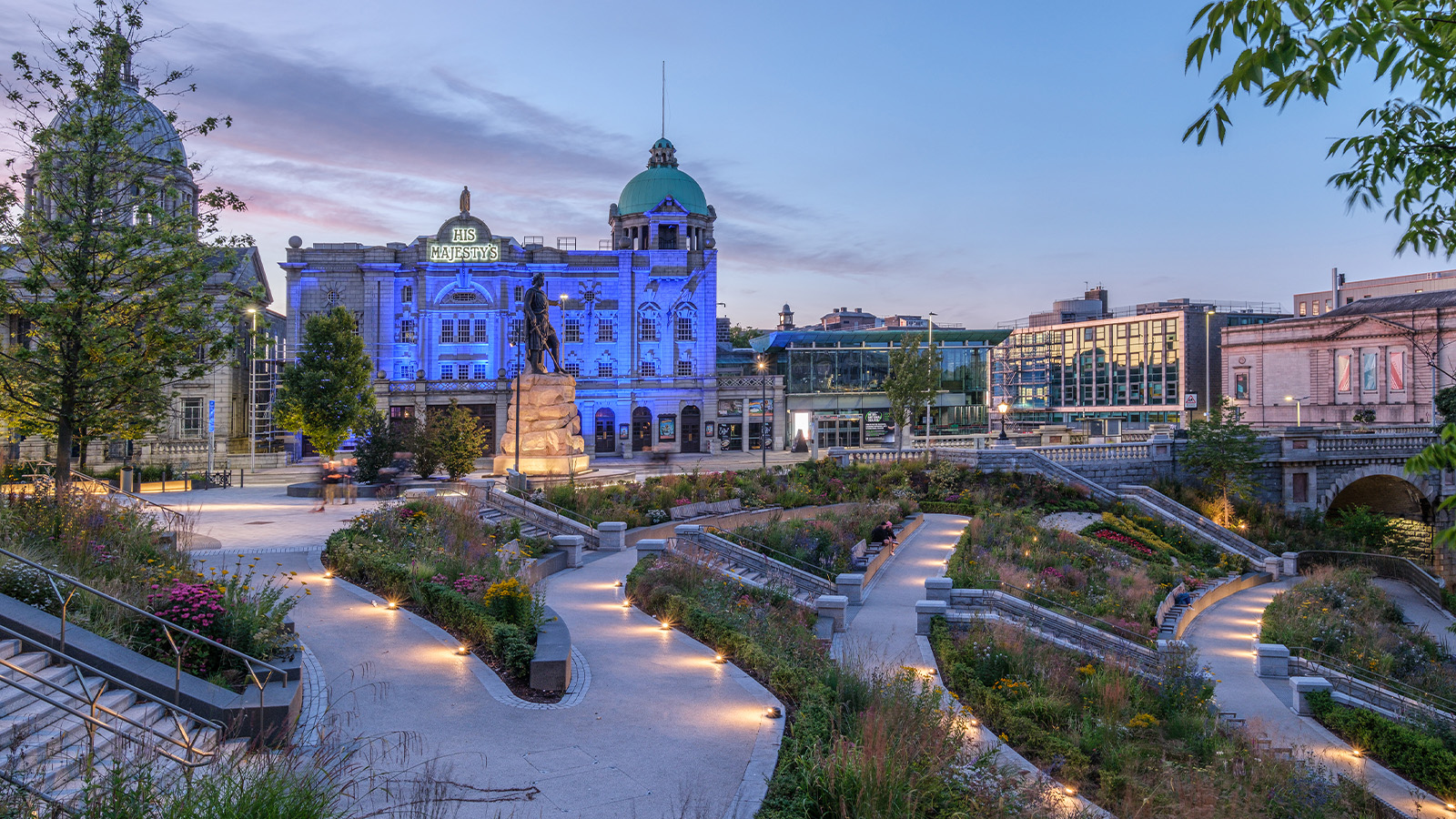 A revived public space in Aberdeen is named Scotland’s building of the year
A revived public space in Aberdeen is named Scotland’s building of the yearAberdeen's Union Terrace Gardens by Stallan-Brand Architecture + Design and LDA Design wins the 2025 Andrew Doolan Best Building in Scotland Award
-
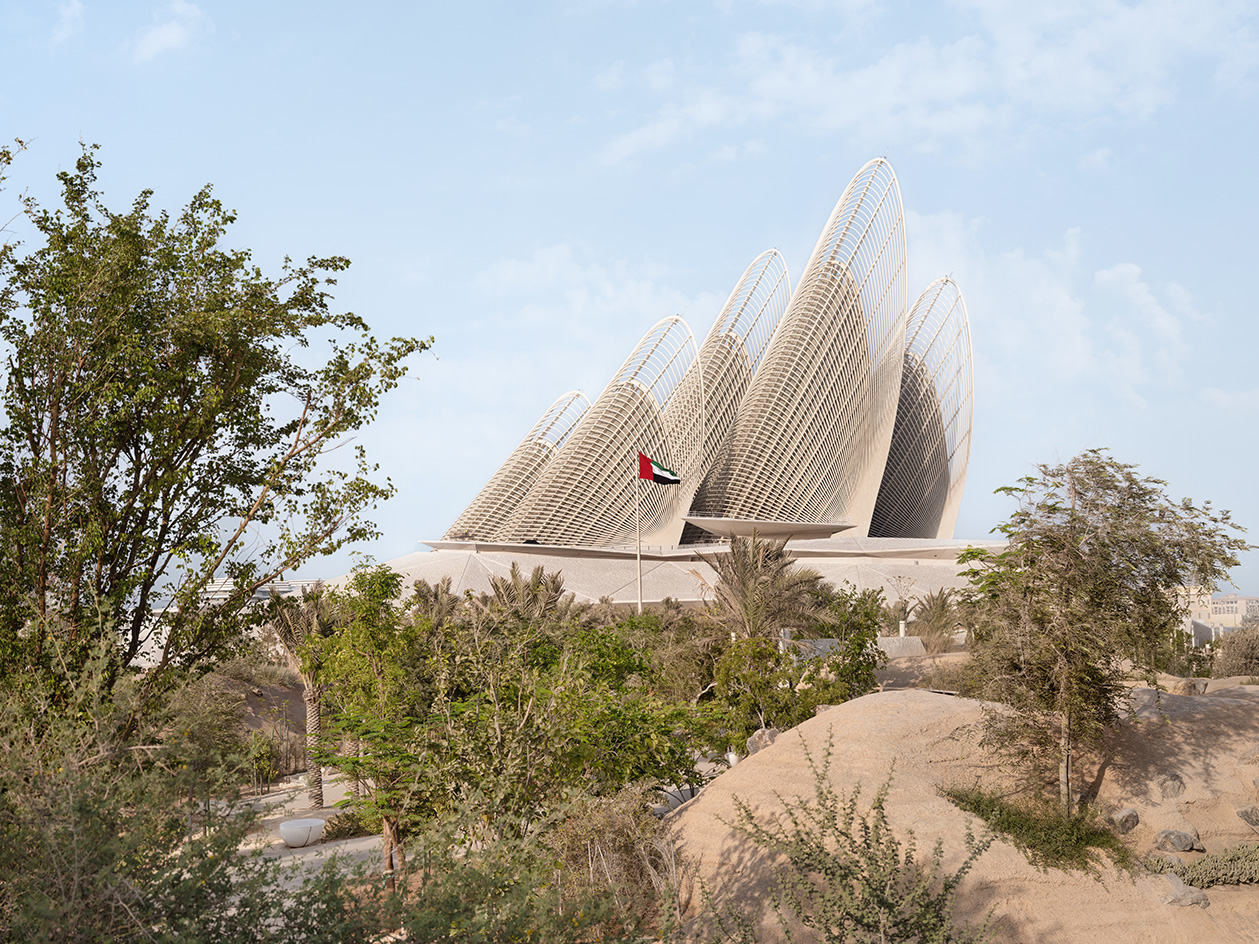 Zayed National Museum opens as a falcon-winged beacon in Abu Dhabi
Zayed National Museum opens as a falcon-winged beacon in Abu DhabiFoster + Partners’ Zayed National Museum opens on the UAE’s 54th anniversary, paying tribute to the country's founder and its past, present and evolving future
-
 A refreshed 1950s apartment in East London allows for moments of discovery
A refreshed 1950s apartment in East London allows for moments of discoveryWith this 1950s apartment redesign, London-based architects Studio Naama wanted to create a residence which reflects the fun and individual nature of the clients
-
 In this Cotswolds home, drama meets minimalism
In this Cotswolds home, drama meets minimalismCotswolds home Hiaven house, with interiors designed by McLaren Excell, is a perfect blend of contemporary chic and calm, countryside drama
-
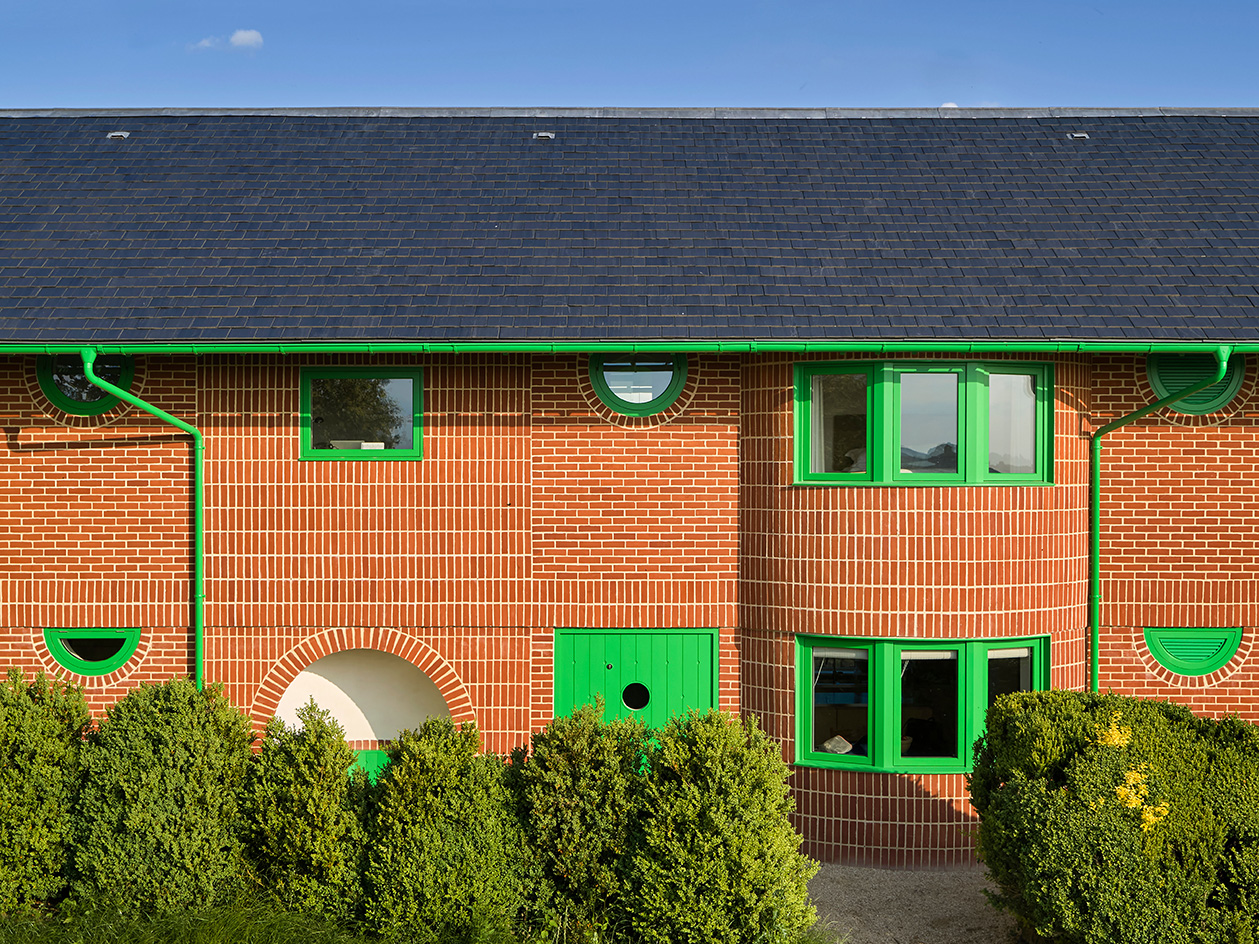 David Kohn’s first book, ‘Stages’, is unpredictable, experimental and informative
David Kohn’s first book, ‘Stages’, is unpredictable, experimental and informativeThe first book on David Kohn Architects focuses on the work of the award-winning London-based practice; ‘Stages’ is an innovative monograph in 12 parts